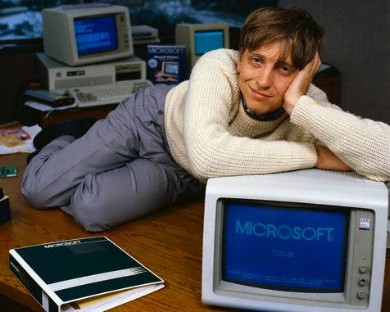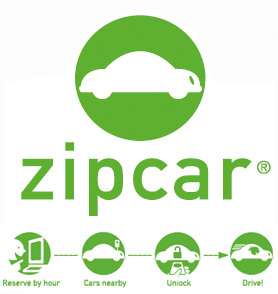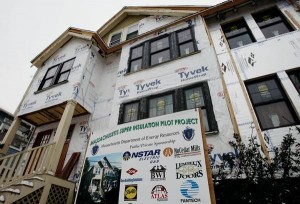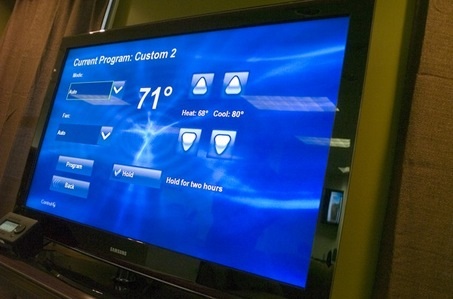The accepted wisdom is at least 50% of the energy used in our homes is for heating and cooling. That is particularly true for residents in the North-East Corridor and the Midwest, who routinely shiver through winter and swelter throughout the summer months.
The Department of Energy says every house has an R-value, which is your home’s built-in effectiveness at retaining the heat generated within your home. They have even provided a calculator that recommends various insulation improvements to reduce the effect of climatic changes outside your four walls.
Warm Home Cool Planet input their data and found the results… a little confusing. Try it yourself though.
To find out more about R-values, you’ll find this explanation enlightening. Particularly the part explaining why simply putting more insulation in your walls won’t cut your energy bills by 50%.
For those Warm Home Cool Planet readers who passed high-school physics, this Wikipedia stub on thermal resistance makes useful reading before starting an energy-efficient renovation.





